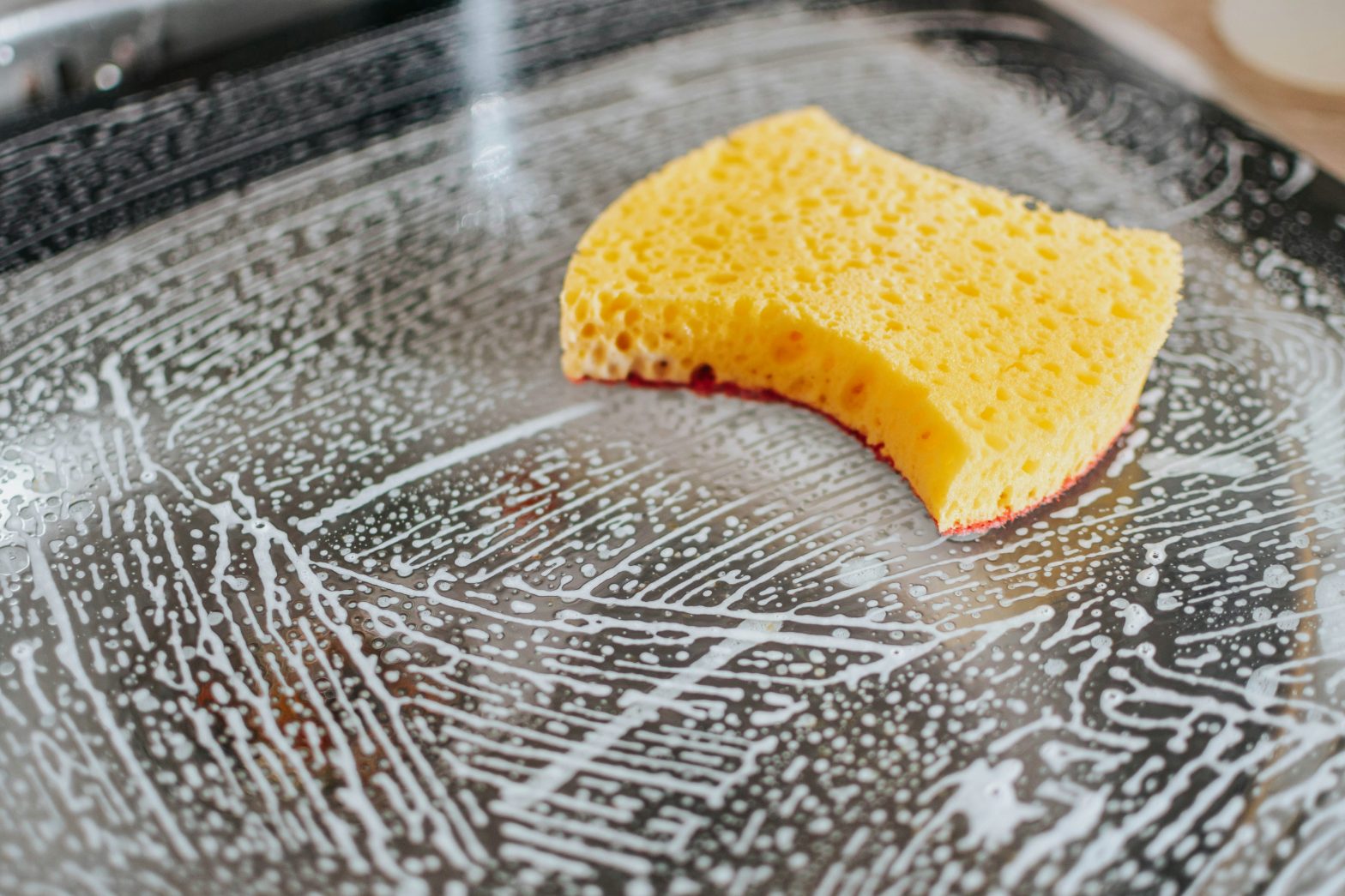Cleaning and disinfection are two essential processes in hygiene management, used to maintain safe and healthy environments. Although often confused, each has a specific and distinct function.
Cleanliness: definition and benefits
Definition
This is the set of operations to remove visible or microscopic dirt. These operations are carried out using detergent products chosen according to the type of dirt and the surfaces where it settles.
Benefits
- Dirt removal: Removes visible dirt and debris that may accumulate on surfaces.
- Healthier spaces: Keeps surfaces and spaces visually pleasing and stain-free.
Disinfection: definition and benefits
Definition
It is the set of operations aimed at the temporary reduction of the total number of living micro-organisms and the destruction of pathogens and spoilage organisms; however, sterilisation aims at obtaining a completely germ-free environment.
Benefits
- Elimination of pathogens: Eliminates or inactivates bacteria, viruses and fungi that can cause disease.
- Health and safety: Provides a safe environment, especially in critical locations such as hospitals, kitchens and laboratories.
- Infection prevention: Reduces the risk of contamination in sensitive areas.
- Regulatory compliance: Complies with health standards and regulations required by health authorities.
Key differences between cleaning and disinfection
- Objective: Cleaning focuses on the removal of visible dirt and organic matter, while disinfection focuses on the removal of living micro-organisms and the destruction of pathogens.
- Method: Cleaning uses water, detergents and mechanical action, while disinfection uses specific chemical agents to ensure thorough cleaning.
- Result: Cleaning reduces soiling and improves the appearance of surfaces; disinfection ensures the removal of impurities and provides a safer environment.
Steps to effective general cleaning and disinfection
- Pre-cleaning: Remove large and loose residues from surfaces.
- Cleaning: Apply detergents and rub surfaces to remove visible dirt.
- Rinse: Remove detergent residues with clean water.
- Disinfection: Apply suitable disinfectants and leave for the recommended time.
- Final rinse (if necessary): Remove residual disinfectant to avoid chemical build-up.
Conclusion
Understanding the difference between cleaning and disinfection is important for maintaining healthy and safe environments. Cleaning removes visible dirt and improves the appearance of surfaces, while disinfection ensures thorough cleaning and provides a safe environment. Implementing both processes correctly ensures optimal hygiene and prevents the spread of contaminants.
